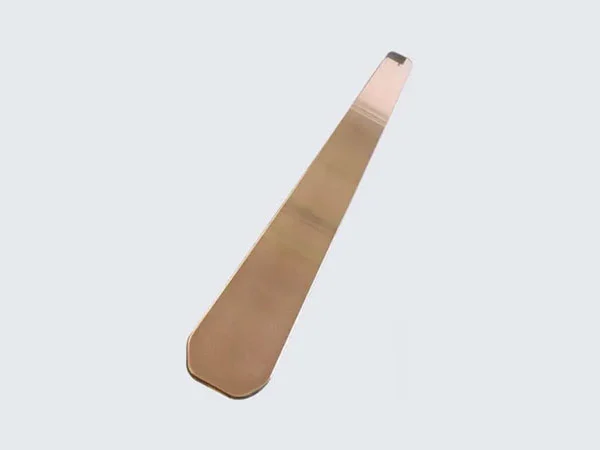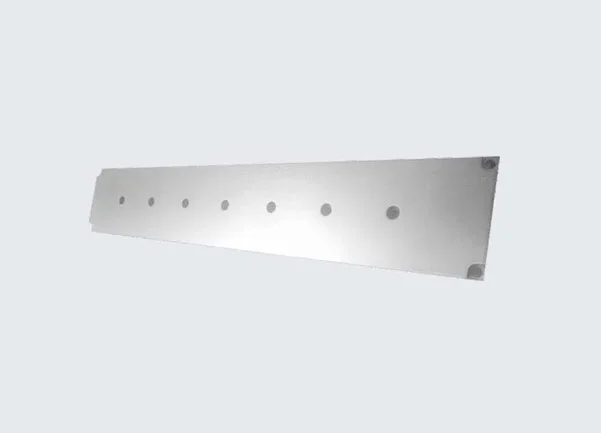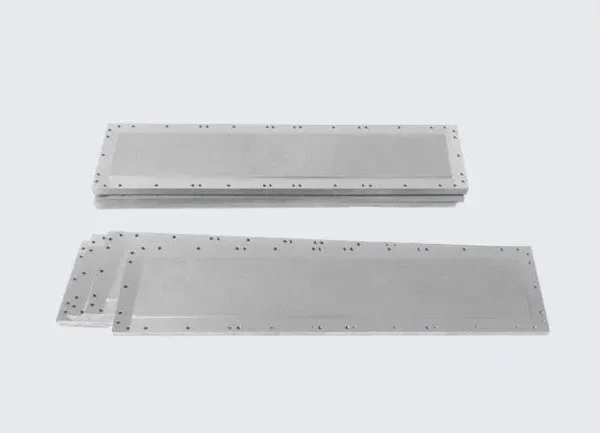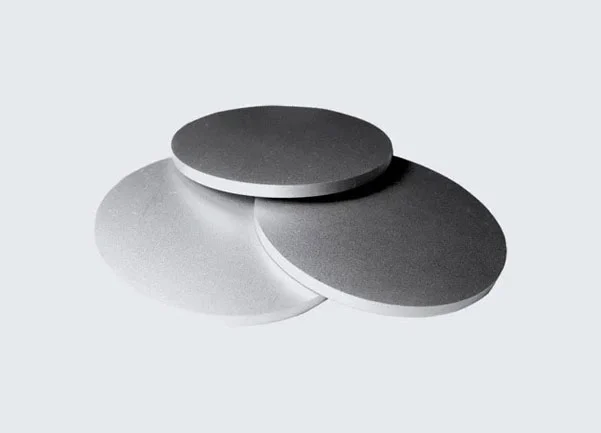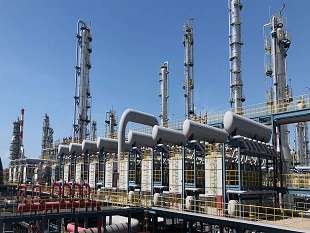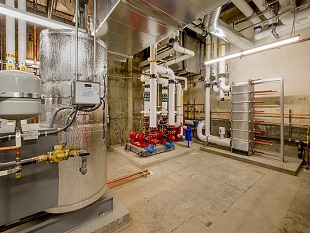Copper targets are primarily used in sputtering and electroplating applications, where high-purity copper films are required. In the sputtering process, a high-energy ion beam hits the surface of the copper target, causing it to eject copper atoms. These atoms then deposit onto a substrate, forming a thin film.
The sputtering process operates based on the ionization of the sputtering gas, typically argon, which creates a plasma that is accelerated towards the target surface. The plasma ionizes the gaseous argon, creating high-energy ions that impact the copper target, causing sputtering. The sputtered material is deposited onto a substrate, creating a uniform and high-purity copper film.
In the electroplating process, a copper target is used as the anode, and a substrate is used as the cathode. Direct current is passed through a copper sulfate solution to deposit copper onto the substrate. During this process, copper ions dissolve off the target, migrate to the cathode, and deposit onto the substrate, forming a thin copper film.
Overall, the efficient operation of both sputtering and electroplating processes is highly dependent on the purity and quality of the copper target material.










